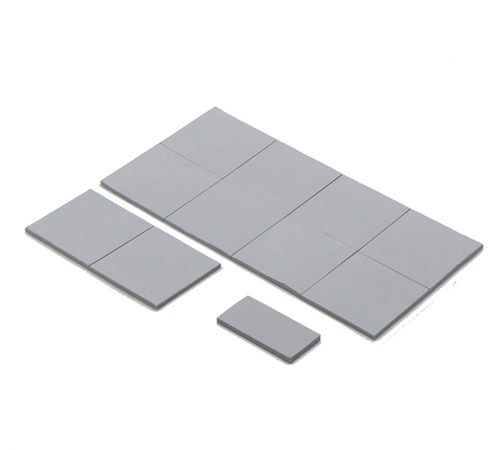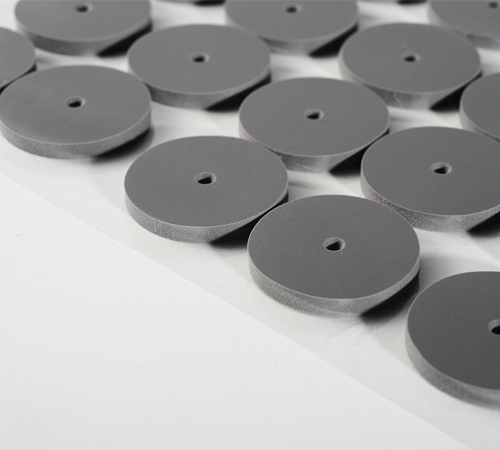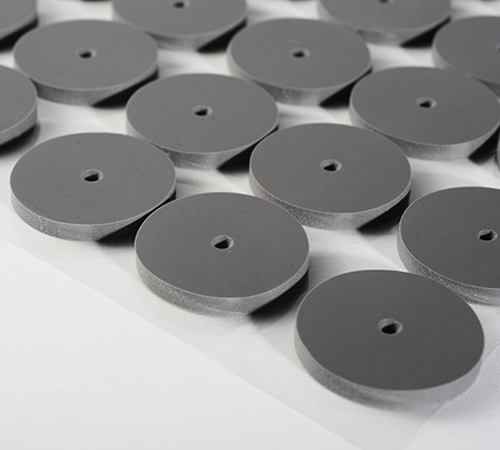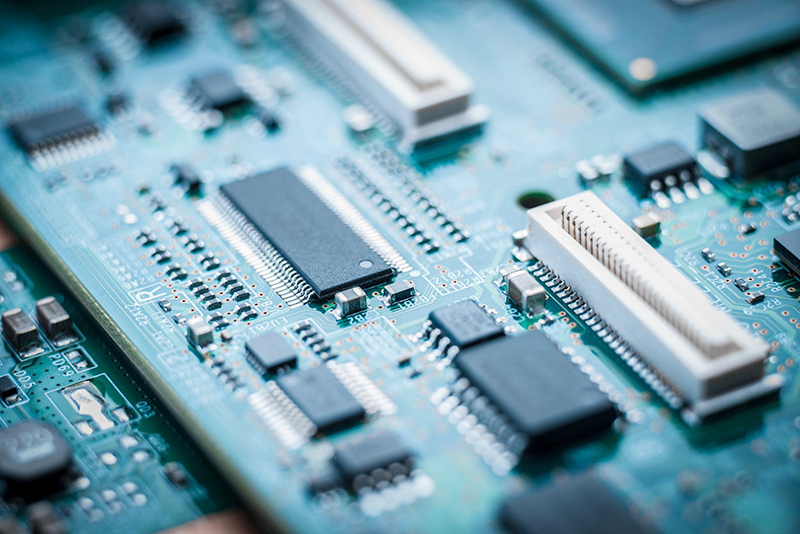
Introduction
In modern electronic devices, Radio Frequency (RF) electronic components play a critical role in transmitting, receiving, amplifying, and processing signals. As electronic devices continue to evolve toward miniaturization, high performance, and high integration, the power density of RF components increases, leading to more prominent thermal management challenges. Thermal pads, as a commonly used thermal interface material, are widely applied in thermal management solutions for electronic devices. This article explores whether RF components require thermal pads and offers a comprehensive analysis from multiple dimensions, including thermal management needs, characteristics of thermal pads, application scenarios, and alternative solutions.
Thermal Management Needs of RF Components
During operation, RF components inevitably generate heat, primarily from Joule heating when current flows through semiconductor and passive devices. In high-power RF applications—such as power amplifiers, mixers, and filters—this heat generation becomes especially significant. If the heat is not effectively dissipated, it may lead to a range of negative impacts on the performance and reliability of the components:
● Performance degradation: Elevated temperatures reduce carrier mobility in semiconductors, affecting key RF parameters like gain, noise figure, linearity, and efficiency.
● Reduced reliability: Prolonged exposure to high temperatures accelerates aging, leading to material degradation, wire bond breakage, solder joint failure, and shortened lifespan.
● Frequency drift: Temperature fluctuations can shift internal parameters, which is critical in systems demanding high frequency stability.
● Thermal failure: In extreme cases, excessive temperatures can cause thermal breakdown and permanent damage.
Therefore, effective thermal management is essential to ensure the proper operation, performance, and lifespan of many RF components.
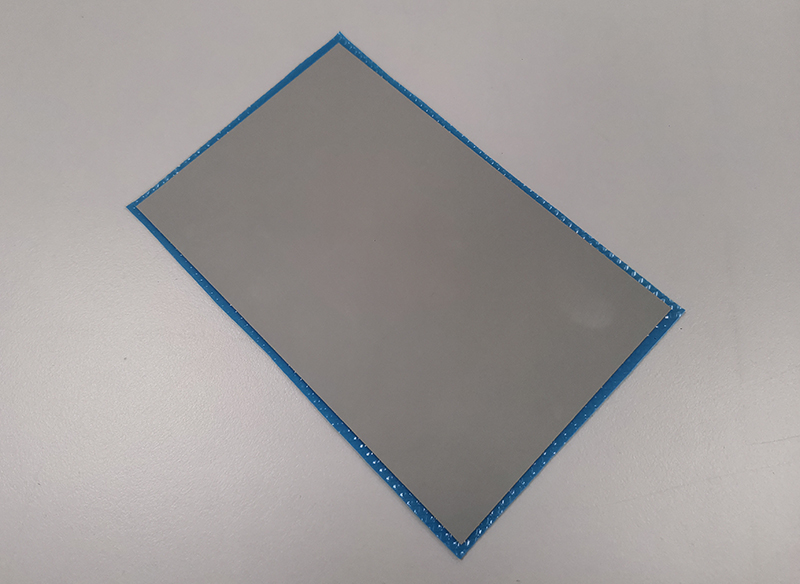
Characteristics of Thermal Pads and Their Role in Thermal Management
Thermal pads are flexible thermal interface materials (TIMs) made of silicone filled with thermally conductive particles such as alumina, boron nitride, or silicon carbide. Their key features include:
● Excellent thermal conductivity: High-performance fillers allow efficient heat transfer from the heat source to a heatsink or other cooling structure.
● Superior electrical insulation: Silicone provides excellent electrical insulation, preventing short circuits between components.
● Good flexibility and elasticity: Thermal pads conform to surface irregularities, filling air gaps and reducing thermal resistance.
● Easy installation and maintenance: Supplied in sheets or pre-formed shapes, thermal pads are easy to cut, install, and require no curing.
● Reliable and stable: High-quality thermal pads resist aging, temperature extremes, and humidity, maintaining stable performance over time.
In thermal management, thermal pads fill the air gap between RF components and heat-dissipating structures (like heatsinks or enclosures), creating a conductive path that reduces interface thermal resistance and enables rapid heat transfer.
Application Scenarios for RF Components Using Thermal Pads
The need for thermal pads varies depending on power level, packaging, environment, and thermal requirements. Typical use cases include:
● High-Power RF Amplifiers: These generate substantial heat. Thermal pads are used to bond the power transistor or module to a heatsink or metal base, enhancing heat dissipation.
● High-Power RF Transceiver Modules: Integrating multiple high-power RF devices, these modules require efficient thermal paths. Thermal pads help transfer internal heat to external structures.
● Base Station RF Units: Operating outdoors under harsh conditions, these require high thermal reliability. Thermal pads are commonly used for key devices and modules.
● Radar Systems: Radar transmitters and receivers generate large amounts of heat. Thermal pads are widely used for stable system operation.
● Microwave Devices: Devices such as solid-state power amplifiers (SSPA) and MMICs also require effective thermal solutions, and thermal pads are often part of the setup.
When Thermal Pads May Not Be Necessary & Alternatives
Not all RF components require thermal pads. In some cases, alternatives may be more appropriate:
● Low-Power RF Devices: These generate minimal heat and may dissipate it through natural convection or simple structures without requiring thermal pads.
● Direct Soldering or Thermal Adhesive: For minimal thermal resistance, components may be soldered directly to the base or bonded using thermal adhesive, though this sacrifices flexibility and maintainability.
● Thermal Gels: Offering better gap-filling, thermal gels are suitable in some RF applications.
● Integrated Heat Sinks: Some RF packages come with built-in heatsinks and may not require additional interface materials.
● Liquid Cooling: In extremely high-power applications like large radar or telecom systems, liquid cooling may be more effective, reducing the reliance on thermal pads.
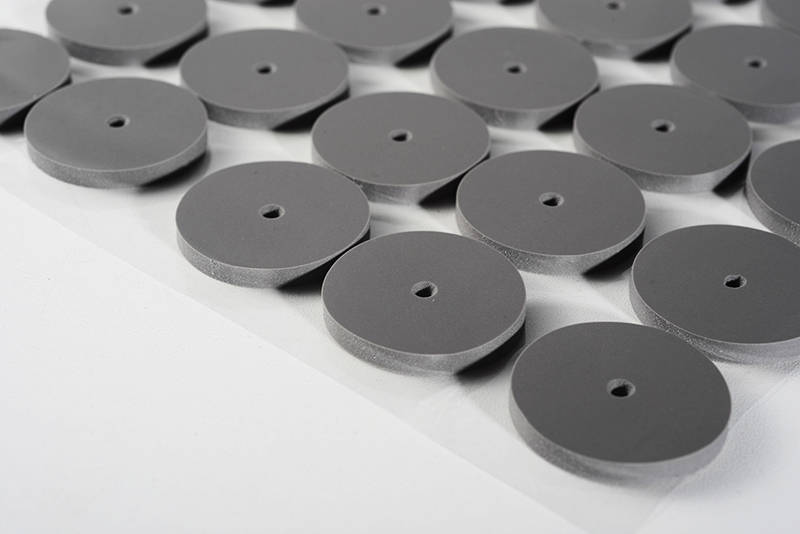
Conclusion
In summary, whether RF components need thermal pads depends on factors such as power level, packaging, environment, thermal demands, and cost/reliability trade-offs. For most medium- to high-power RF components, thermal pads remain an essential and practical cooling solution due to their thermal conductivity, insulation, flexibility, and ease of use. They effectively reduce thermal resistance, transferring heat away from components and ensuring performance and reliability.
However, in low-power cases or in applications demanding extreme thermal performance, other solutions may be better suited. Engineers must evaluate specific system requirements and select the most appropriate thermal interface material to ensure reliable operation of RF systems.



 CN >
CN >
